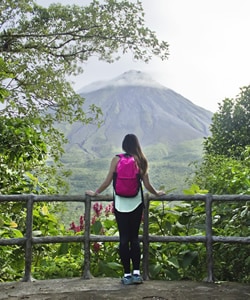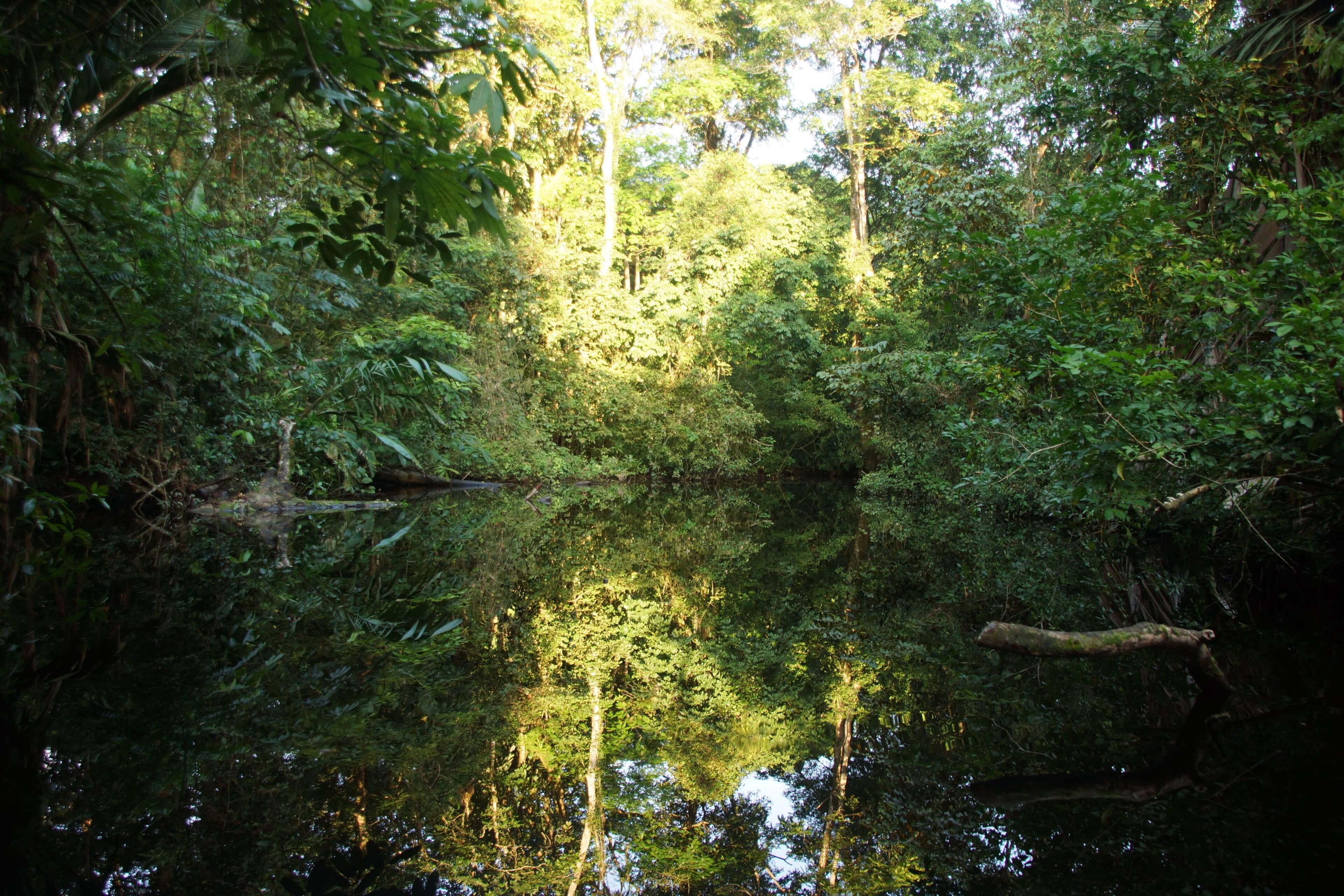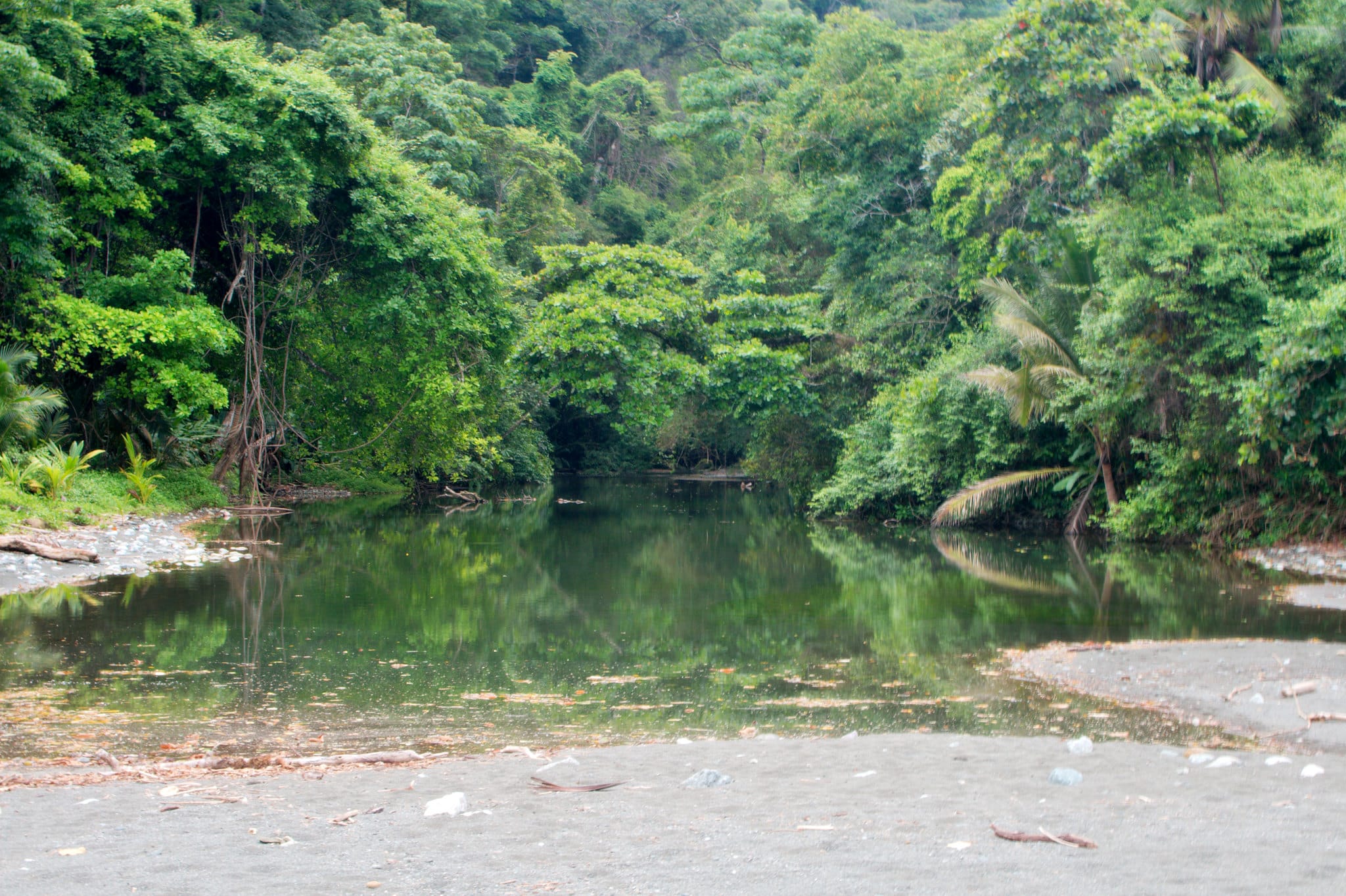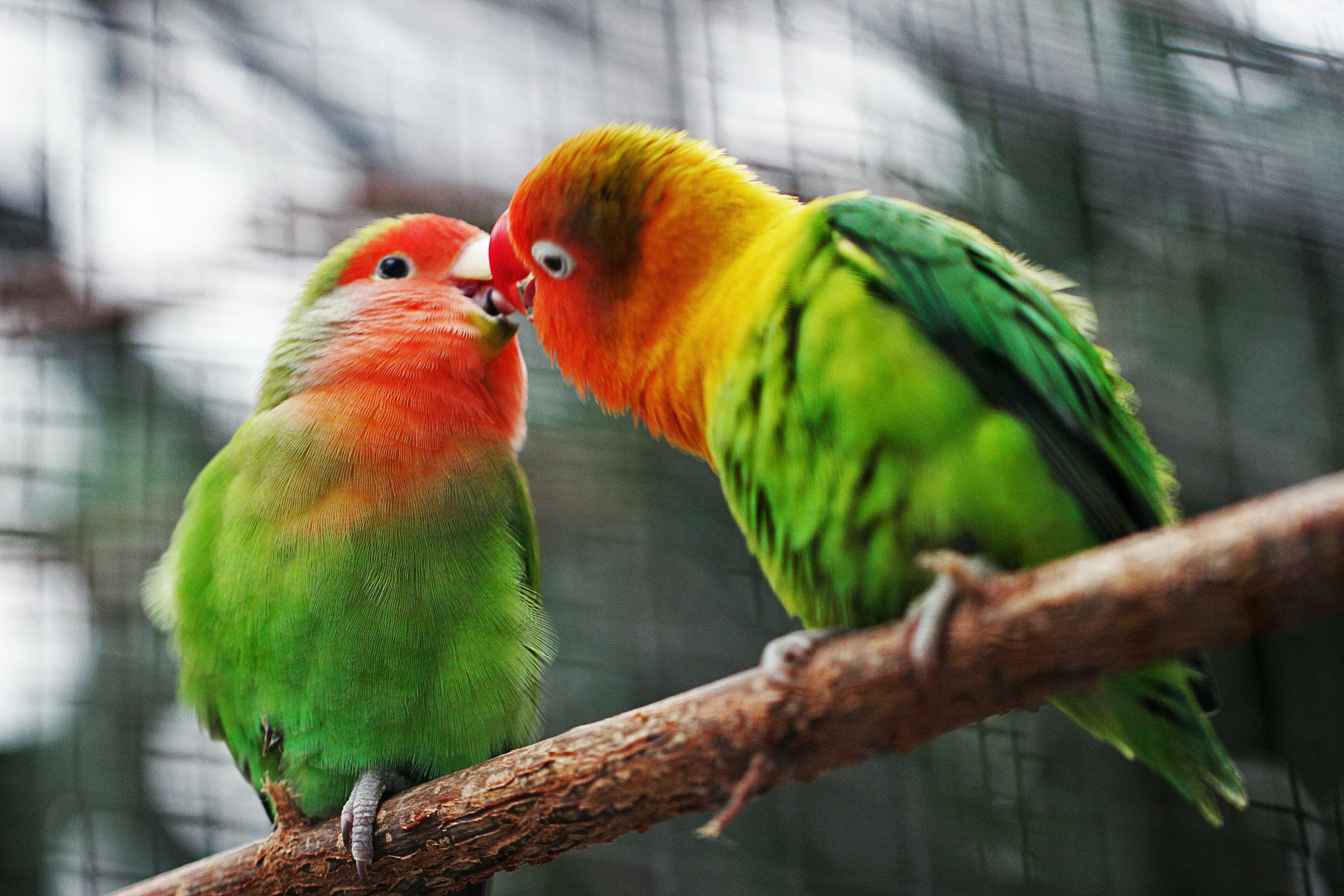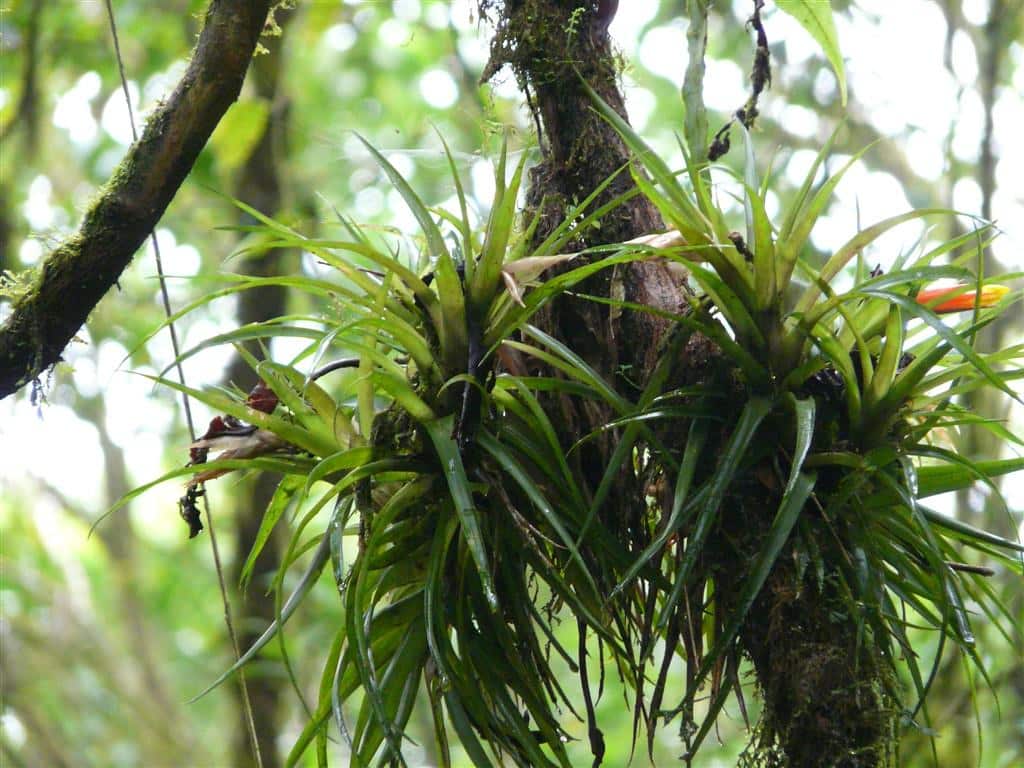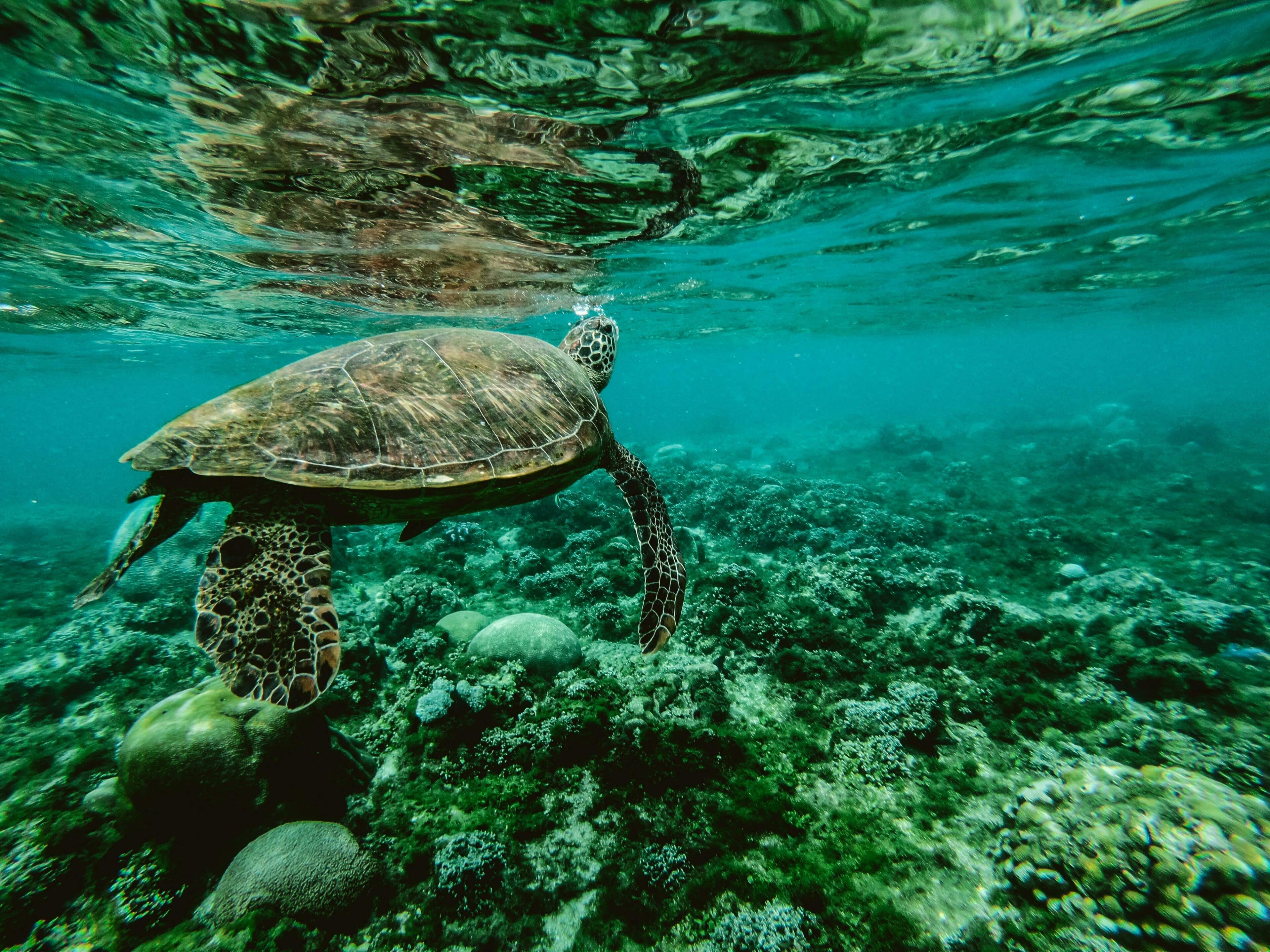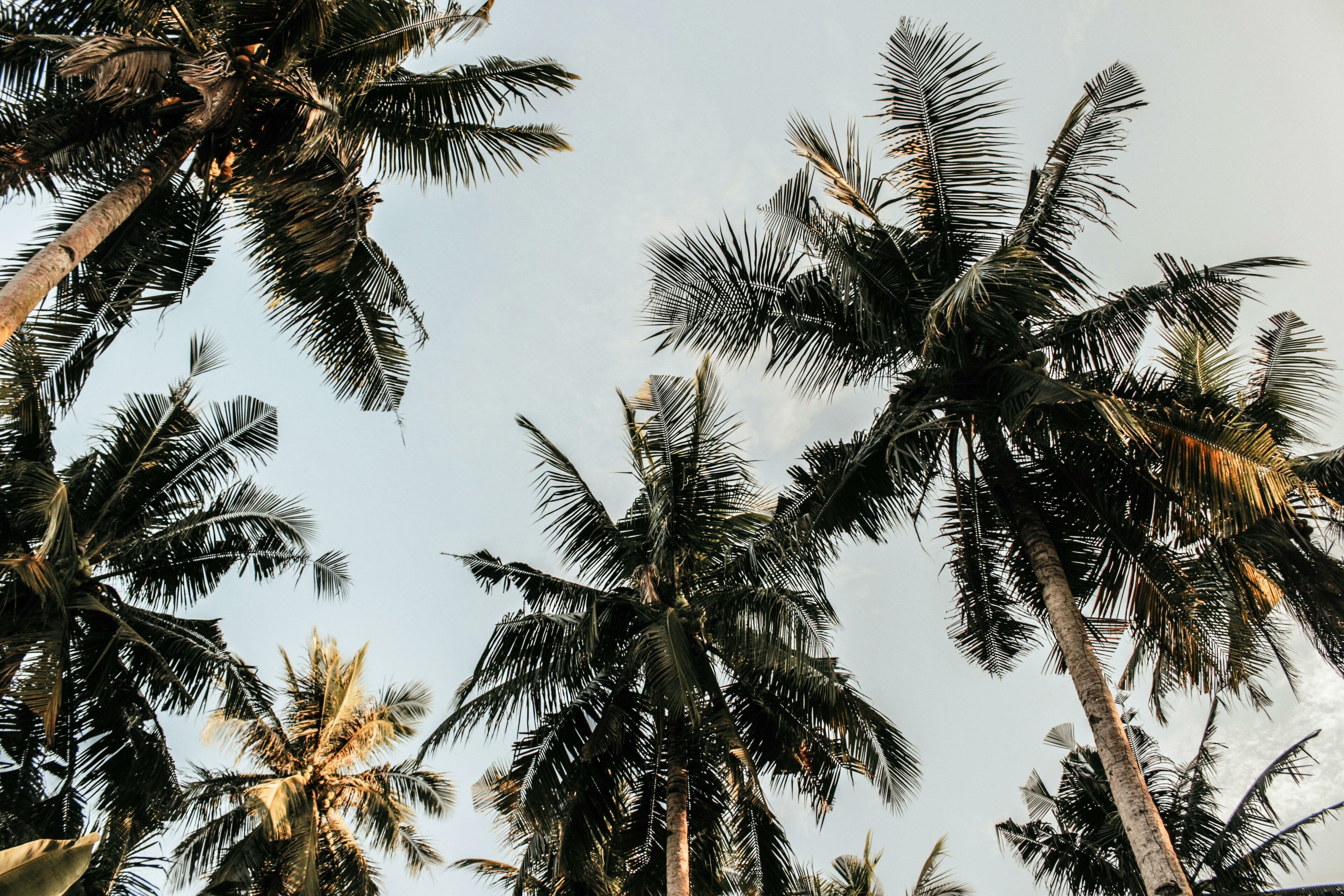Corcovado National Park is a lush sanctuary on the remote Osa Peninsula of Costa Rica, boasting an unparalleled wealth of biodiversity.
As one of the most biologically intense places on Earth, this pristine tropical rainforest teems with an astonishing array of wildlife, from elusive jaguars and resplendent quetzals to vibrant poison dart frogs and towering mahogany trees.
We embark on a journey into the heart of Corcovado, delving into its ecological wonders and the importance of preserving this ecological treasure for generations to come.
FREE! Travel eBook to discover Costa Rica!
Grab the eBook with the exhaustive brochure for your Costa Rica Vacation All-Inclusive.
*By clicking send, you agree to receive information about products, services, promotions, or recommendations via email.
History and Conservation Efforts of Corcovado National Park
Lo que vas a ver en este artículo
- 1 History and Conservation Efforts of Corcovado National Park
- 2 Flora and Fauna at Corcovado National Park
- 2.1 1. Towering Giants: Exploring Tropical Rainforest Trees
- 2.2 2. Avian Wonders: Diversity of Birds in Nature’s Canopy
- 2.3 3. Aloft and Aflame: The Enchanting World of Epiphytes
- 2.4 4. Beneath the Waves: Discovering Marine Life Diversity
- 2.5 5. Majestic Palms: Unveiling the Beauty of Palm Trees
- 2.6 6. Vibrant Blooms: Heliconias and Ginger Plants in Full Splendor
- 3 Thrills and Spills: Exciting Adventure Activities in the Wild
- 4 Services within Corcovado National Park
- 5 Pricing and Policies: Tariffs for Park Services
- 6 Journeying Through Corcovado: A Tale of Adventure and Discovery
Corcovado National Park boasts a rich history deeply intertwined with conservation efforts. Established in 1975, Corcovado National Park encompasses over 164 square miles of pristine tropical rainforest, making it one of the most biodiverse regions in the world.
However, its journey towards preservation and protection dates back even further. The history of Corcovado National Park is marked by the tireless efforts of conservationists and environmental activists who recognized the ecological significance of this land. Initially, the area faced threats of deforestation, logging, and agricultural expansion.
In response, concerned individuals and organizations rallied to advocate for its protection. Their dedication culminated in declaring Corcovado National Park a protected area, safeguarding its diverse ecosystems for future generations.
Since its establishment, Corcovado National Park has been the focal point of numerous conservation initiatives to preserve its unique biodiversity. The park’s management prioritizes sustainable practices, enforcing strict regulations to minimize human impact on its fragile ecosystems.
Research efforts within Corcovado National Park have led to groundbreaking discoveries, further highlighting its importance in tropical ecology.
Despite the strides made in conservation, Corcovado National Park continues to face challenges from illegal logging, poaching, and encroachment. These threats underscore the ongoing need for vigilant protection and community involvement in preserving this natural treasure.
Local communities, government agencies, and non-profit organizations collaborate to implement strategies for the sustainable management of Corcovado National Park.
Flora and Fauna at Corcovado National Park
Corcovado National Park in Costa Rica boasts a rich tapestry of flora and fauna, showcasing the region’s remarkable biodiversity. Here’s an overview of some of the notable flora and fauna found within the park:
1. Towering Giants: Exploring Tropical Rainforest Trees
Tropical rainforest trees, the towering giants of the lush green canopy, are the essence of biodiversity and life within ecosystems like Corcovado National Park. Within this emerald haven, a mesmerizing tapestry of tree species thrives, each playing a vital role in sustaining the delicate balance of this vibrant ecosystem.
One of the most iconic trees found in Corcovado National Park is the towering Ceiba tree, with its colossal trunk and expansive branches reaching toward the heavens. Often referred to as the “Tree of Life,” the Ceiba symbolizes resilience and interconnectedness within the rainforest.
Its massive presence is a refuge for countless species, from epiphytic orchids to nesting birds, creating a microcosm of life within its embrace. As visitors wander along the trails of Corcovado, they are captivated by the majestic sight of these ancient giants, their roots firmly anchored in the rich soil and their canopy alive with the symphony of tropical sounds.
Among the diverse trees inhabiting Corcovado National Park, the majestic Kapok tree stands out with its towering height and buttressed roots, providing a habitat for many organisms.
With its fluffy seed pods and vibrant blooms, the Kapok tree serves as a beacon of vitality in the heart of the rainforest. Its presence enriches the landscape and sustains the intricate web of life that thrives within Corcovado’s dense forests.
2. Avian Wonders: Diversity of Birds in Nature’s Canopy
Corcovado is a haven for birdwatchers and ornithologists, offering a glimpse into the diverse array of avian life within its pristine rainforests and coastal habitats.
In the Corcovado National Park yo can find the Scarlet Macaw, with its splendid plumage of crimson red, royal blue, and vibrant yellow. As one of the largest parrots in the world, the Scarlet Macaw commands attention with its majestic flight and raucous calls echoing through the canopy.
These magnificent birds find sanctuary within the confines of Corcovado’s lush forests, soaring overhead in search of ripe fruits and nuts to sustain their vibrant existence. Their presence is a testament to the park’s commitment to conservation, offering a haven for these endangered creatures to thrive.
Among the myriad bird species that call Corcovado home, the resplendent Quetzal stands out as a symbol of beauty and charisma. With its emerald-green plumage, ruby-red breast, and elegant tail feathers, the Quetzal embodies the ethereal allure of the rainforest.
Lucky observers may glimpse these elusive birds within the secluded groves and mist-shrouded mountains of Corcovado, flitting gracefully between the trees in search of ripe avocados and figs. As a flagship species for conservation efforts in the region, the presence of the Quetzal serves as a beacon of hope for protecting Corcovado’s pristine habitats and the myriad species that depend on them.
Each species plays a unique role in the intricate web of life that sustains this biodiverse ecosystem, from pollinating flowers to dispersing seeds and controlling insect populations. As visitors venture into the heart of Corcovado, they are greeted by the sight and sound of birdsong, a symphony of nature’s creation echoing through the dense foliage.
If you want more information about Costa Rica, we invite you to read the next article: Discover the Natural Wonders of Manuel Antonio National Park.
3. Aloft and Aflame: The Enchanting World of Epiphytes
Epiphytes, the botanical marvels of the rainforest, adorn the towering trees of Corcovado National Park with their intricate forms and vibrant colors, creating a lush tapestry of life within this pristine wilderness.
The orchids are among the most enchanting epiphytes in Corcovado National Park, with their delicate blooms and ethereal beauty. From the Oncidium’s vibrant hues to the Cattleya’s intricate patterns, orchids thrive in the humid microclimates created by the rainforest canopy, clinging to tree branches and moss-covered trunks with their aerial roots.
Within the dense forests of Corcovado, orchids form an integral part of the ecosystem, providing habitat and sustenance for pollinators such as bees, butterflies, and hummingbirds. Their presence adds a touch of elegance and enchantment to the verdant landscape, captivating the imagination of visitors and researchers alike.
In addition to orchids, bromeliads are another common sight among the epiphytic flora of Corcovado National Park. With their rosettes of overlapping leaves and colorful inflorescences, bromeliads thrive in the humid and nutrient-rich environment of the rainforest canopy.
From the towering Giant Bromeliad to the delicate Tillandsia, these fascinating plants play a vital role in the ecological dynamics of Corcovado, serving as reservoirs for water and nutrients and providing habitat for a variety of organisms, including tree frogs, insects, and even small mammals.
As integral members of the rainforest community, bromeliads contribute to Corcovado’s ecosystems’ overall diversity and resilience, showcasing the intricate interplay between plants and animals in this biodiverse paradise.
4. Beneath the Waves: Discovering Marine Life Diversity
Marine life thrives along the rugged coastline and pristine waters surrounding Corcovado National Park, creating a vibrant underwater ecosystem that mirrors the biodiversity found on land.
Find the most iconic marine species near Corcovado National Park: the vibrant coral reef, teeming with life and color beneath the surface of the turquoise waters. Coral reefs provide crucial habitat for many marine organisms, from colorful fish and invertebrates to apex predators such as sharks and rays.
Within the protected waters of Corcovado, coral reefs flourish, forming intricate structures that support a complex web of life. Snorkelers and divers are treated to a kaleidoscope of underwater beauty as they explore the vibrant coral gardens and encounter a dazzling array of marine creatures.
The coastal waters of Corcovado National Park are home to an abundance of marine mammals, including dolphins, whales, and sea turtles. These charismatic creatures frequent the park’s waters throughout the year, drawn to the rich feeding grounds and warm tropical climate.
As stewards of the park’s marine ecosystems, conservation efforts are underway to protect these iconic species and their habitats from threats such as overfishing and pollution.
Mangrove forests serve as vital nurseries for juvenile fish and crustaceans, providing shelter and food in their tangled roots and brackish waters. These coastal ecosystems are also home to various bird species, including herons, egrets, and kingfishers, which rely on abundant fish and invertebrates in the mangroves.
5. Majestic Palms: Unveiling the Beauty of Palm Trees
Palm trees, the iconic symbols of tropical landscapes, grace Corcovado National Park’s pristine shores and lush forests with their graceful fronds and towering silhouettes.
See the majestic Royal Palm in the Corcovado National Park, with its towering trunk and elegant crown of fronds. As one of the tallest palms in the region, the Royal Palm dominates the skyline, its silhouette standing out against the backdrop of dense rainforest foliage.
Within the park’s pristine habitats, Royal Palms provide valuable habitat and food for various wildlife, from nesting birds to foraging mammals. Their presence adds a touch of grandeur to the verdant landscape, evoking a sense of timeless beauty and tranquility.
Corcovado National Park is home to various other palm species, each adapted to thrive in the park’s unique microclimates and habitats. Palm trees are integral components of Corcovado’s rich biodiversity.
Their diverse forms and ecological functions contribute to the overall health and resilience of the park’s ecosystems, providing food, shelter, and essential nutrients to many organisms.
Through sustainable tourism practices and conservation efforts, Corcovado’s palm trees continue to thrive, ensuring that future generations can marvel at their beauty and significance.
6. Vibrant Blooms: Heliconias and Ginger Plants in Full Splendor
Heliconias and ginger plants, with their vibrant blooms and lush foliage, adorn the verdant landscapes of Corcovado National Park, adding a splash of color and elegance to the rich tapestry of biodiversity that thrives within this pristine wilderness.
Heliconias, often referred to as lobster claws or false bird-of-paradise, are a common sight in the rainforests of Corcovado National Park, with their distinctive bracts and brightly colored flowers.
These tropical plants play a vital role in the ecosystem, providing nectar and shelter for hummingbirds, butterflies, and other pollinators. Their striking appearance and ecological importance make heliconias a favorite subject for photographers and nature enthusiasts, drawing visitors worldwide to experience the beauty of Corcovado’s rainforests.
Ginger plants are another prominent feature of the flora found within Corcovado National Park. With their aromatic foliage and delicate flowers, gingers add a touch of exotic charm to the lush undergrowth of the rainforest.
These plants are visually stunning and serve important ecological functions, providing habitat for insects and small animals and contributing to the overall health of the forest ecosystem.
Through sustainable tourism practices and conservation efforts, the park’s heliconias and ginger plants continue to flourish, ensuring that future generations can enjoy their splendor for years.
Thrills and Spills: Exciting Adventure Activities in the Wild
Corcovado National Park isn’t just a haven for nature lovers and researchers; it’s also an adventurer’s paradise, offering many exciting activities in your Costa Rica vacation all-inclusive.
One of the most popular adventure activities in Corcovado National Park is hiking, with miles of well-maintained trails that wind their way through the park’s diverse ecosystems.
From strolls along coastal paths to challenging treks through mountainous terrain, hikers of all skill levels can find trails to suit their preferences. Along the way, adventurers may encounter stunning vistas, hidden waterfalls, and encounters with elusive wildlife, making each hike a memorable journey into the heart of the park.
For those seeking an adrenaline rush, Corcovado National Park offers thrilling opportunities for wildlife encounters. Guided tours led by experienced naturalists allow one to observe jaguars, tapirs, and other iconic species in their natural habitat, offering a rare glimpse into the lives of some of the world’s most elusive creatures.
Exploring the park’s coastline is another adventure activity not to be missed, with miles of pristine beaches and hidden coves waiting to be discovered. From surfing and kayaking to snorkeling and beachcombing, there are endless opportunities for aquatic adventures that showcase the park’s stunning natural beauty.
Nighttime excursions provide the opportunity to experience the park’s nocturnal wonders, from guided night hikes through the rainforest to stargazing sessions under the canopy of stars.
With the sounds of the jungle coming alive after dark and the possibility of encountering creatures such as tree frogs, bats, and owls, nighttime adventures in Corcovado National Park offer a truly unforgettable experience.
Overall, Corcovado National Park stands out as a premier destination for nature lovers seeking an unforgettable wilderness adventure in one of the most biologically diverse regions on the planet.
Services within Corcovado National Park
Corcovado National Park showcases the stunning beauty of Costa Rica’s wilderness and provides essential services to ensure visitors have a safe, enjoyable, and educational experience during their stay.
One of the most important services Corcovado National Park provides is the network of ranger stations strategically located throughout the park. These stations serve as hubs for information, assistance, and emergency response, offering visitors a point of contact with knowledgeable park staff who can guide them on trails, wildlife viewing opportunities, and safety precautions.
Guided tours are another valuable service offered in Corcovado National Park, allowing visitors to explore the park’s diverse habitats and learn about its flora and fauna from experienced naturalist guides.
For those seeking overnight accommodations in Corcovado National Park, various options include rustic camping facilities and eco-lodges in the park’s pristine wilderness. These accommodations allow visitors to immerse themselves fully in the sights and sounds of the park, waking up to the calls of howler monkeys and the rustle of leaves in the breeze.
Many lodges also offer guided activities and educational programs, allowing guests to further explore the wonders of Corcovado National Park in comfort and convenience.
You can also find visitor centers where visitors can access information about the park’s history, ecology, and conservation efforts. These centers offer exhibits, interpretive displays, and educational programs highlighting the park’s unique features and fostering a deeper appreciation for its natural and cultural heritage.
If you want to know more information, visit the official website of the National System of Conservation Areas.
Pricing and Policies: Tariffs for Park Services
To embark on your journey into the heart of Corcovado National Park, it’s essential to plan and make a reservation in advance. Reservations can be made via email through the park’s reservation office, ensuring a seamless and hassle-free experience.
Reach out during business hours, from 8:00 am to 12:00 noon and from 01:00 pm to 02:30 pm, at pncorcovado@gmail.com to secure your spot in paradise.
As you plan your visit, note the park’s opening hours, which vary depending on the sector you wish to explore. San Pedrillo Sector welcomes day visitors from 7:00 am to 01:30 pm, while La Leona Sector invites exploration from 8:00 am to 02:30 pm.
For an overnight stay or a day visit, the Sirena Sector remains open daily, except in October, when closures may occur (please check with the reservation office). Los Patos Sector beckons adventurers from 7:00 am to 02:00 pm.
At the same time, the El Tigre Sector extends its hours from 7:00 am to 4:00 pm, with reservations managed through the Dos Brazos Association of Río Tigre.
As for rates, Corcovado National Park offers affordable access to its pristine wilderness. Nationals and residents can enjoy entry for ¢1,808, while non-resident foreigners are welcomed for $16.95.
Camping enthusiasts can secure a spot for $4.52 at the San Pedrillo station. Children aged 2 to 12 receive discounted rates, with national and resident children paying ¢565 and non-resident children paying $5.65.
Notably, children under 2 years old and national visitors and residents over 65 enjoy complimentary admission, ensuring accessibility for all ages to experience the wonders of Corcovado National Park.
Journeying Through Corcovado: A Tale of Adventure and Discovery
Corcovado National Park is a testament to the unparalleled beauty and biodiversity of Costa Rica’s natural landscapes. From the towering trees of San Pedrillo to the pristine shores of La Leona, each sector offers a glimpse into the wonders of this ecological treasure trove.
As visitors traverse its trails, immerse themselves in its forests, and marvel at its wildlife, they become part of a legacy of conservation and stewardship that spans generations.
In the heart of Corcovado National Park, amidst the symphony of nature’s chorus, lies a profound connection to the Earth and its fragile ecosystems. It is a connection that inspires wonder, instills reverence, and calls upon us to protect and preserve this invaluable heritage for future generations.
Corcovado National Park remains a beacon of hope and a sanctuary for all who seek solace in nature’s embrace. Let us carry with us the memories of its splendor and the inspiration to protect and cherish it for generations to come.
This national park beckons, inviting us to explore its mysteries, discover its secrets, and immerse ourselves in its timeless beauty.
If you want more information about Costa Rica, we invite you to read the next article: The Enigmatic Beauty of Monteverde Cloud Forest Reserve.

